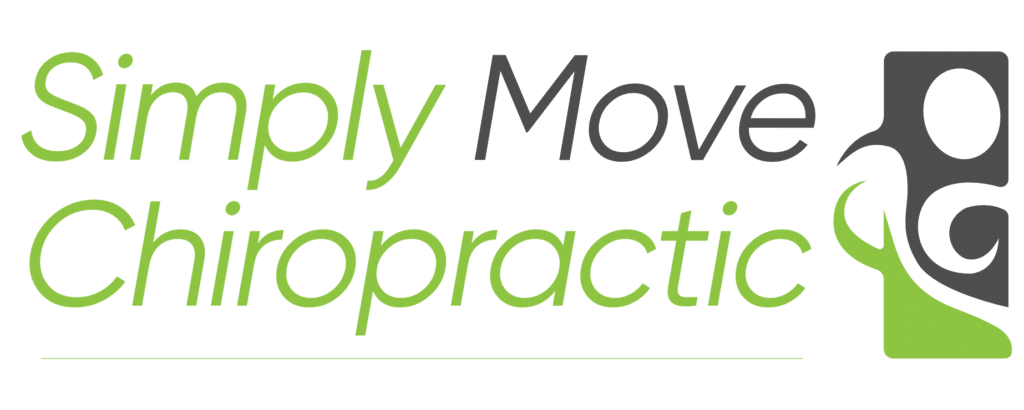Comparing Shockwave Therapy and Dry Needle Therapy for Musculoskeletal Pain
In my chiropractic practice, I frequently use both shockwave therapy and dry needle therapy to treat musculoskeletal pain. Although each approach is effective, they target pain in distinct ways, providing unique benefits that can address different patient needs and conditions. In this article, I’ll break down what each therapy entails, explain some of their differences, and reference a recent clinical study comparing these techniques. Finally, I’ll discuss how a patient might decide which treatment is best suited for their situation.
Shockwave Therapy: A Non-Invasive Option
Shockwave therapy (SWT) is a non-invasive treatment that uses high-energy sound waves to stimulate healing in tissues. During a session, a device generates acoustic waves that penetrate the skin, targeting the painful area and promoting blood flow, cellular repair, and tissue regeneration.
I find shockwave therapy particularly effective for chronic, stubborn conditions that have not responded to other treatments, such as tendinitis, plantar fasciitis, and other conditions involving connective tissue. SWT typically requires a few sessions, and it often brings relief by stimulating the body’s natural healing mechanisms without breaking the skin.
Dry Needle Therapy: Precise and Deeply Focused
Dry needling involves inserting thin, sterile needles into specific muscle trigger points. These are tight bands of muscle that contribute to pain and tension. The process helps to release tight knots and improve range of motion, making it highly effective for musculoskeletal pain related to muscle dysfunction.
Although the treatment is different from acupuncture, both use fine needles to stimulate tissue response. Dry needling works particularly well for muscle pain, stiffness, and spasms. While patients might feel some mild discomfort or soreness afterward, dry needling is generally well tolerated and produces targeted relief, especially for muscular pain.
Key Differences Between Shockwave Therapy and Dry Needling
The main difference between these two therapies lies in their approach and what they target. Shockwave therapy uses sound waves externally, making it non-invasive and suitable for broader tissue areas, such as tendons and ligaments. In contrast, dry needling is an invasive approach that targets specific muscle trigger points directly, providing localized relief from muscular pain. Each therapy offers distinct benefits depending on the patient’s pain source, whether it be within muscles or deeper connective tissues.
Evidence-Based Support: Comparing Shockwave and Dry Needling for Iliotibial Band Syndrome
A recent clinical study investigated the effectiveness of both therapies for iliotibial band syndrome (ITBS), a common condition in runners that causes pain along the outer thigh and knee. This randomized clinical trial found that both shockwave therapy and dry needling were effective in reducing pain, though the mechanisms were different. Shockwave therapy promoted healing by enhancing circulation and tissue repair, while dry needling provided immediate relief by releasing tension in the iliotibial band and surrounding muscles. The study highlighted how both treatments can be beneficial, yet they offer different healing benefits, depending on the underlying cause and location of the pain.
Choosing Between Shockwave and Dry Needling Therapy
When choosing between these therapies, patients should consider several factors, including their pain type, treatment goals, and personal comfort level. For patients with chronic, deep tissue issues or tendinopathies, shockwave therapy may be more suitable, as it can address large areas and stimulate healing without the need for needles. Conversely, patients experiencing localized muscle pain or tension might benefit more from dry needling, as it can directly release trigger points and restore mobility.
Ultimately, the choice may also come down to comfort. Some patients prefer non-invasive treatments and would choose shockwave therapy, while others may appreciate the precision of dry needling for specific muscle tightness. In my practice, I take a personalized approach, discussing each patient’s symptoms, preferences, and treatment history to help them make an informed choice. Whether using shockwave therapy or dry needling, my goal is always to relieve pain, restore function, and improve quality of life.

